A Short Guide to Hiring an eCommerce Marketing Agency
It is a well-known fact that competition within the eCommerce industry is fierce, which is why you might be considering hiring the services of an ...
I know what I am looking for, and would like to chat.
A team of data-driven marketers obsessed with generating revenue for our clients.
Because the proof is in the pudding.
At Campaign Creators we live by three principles: Autonomy, Mastery, Purpose.
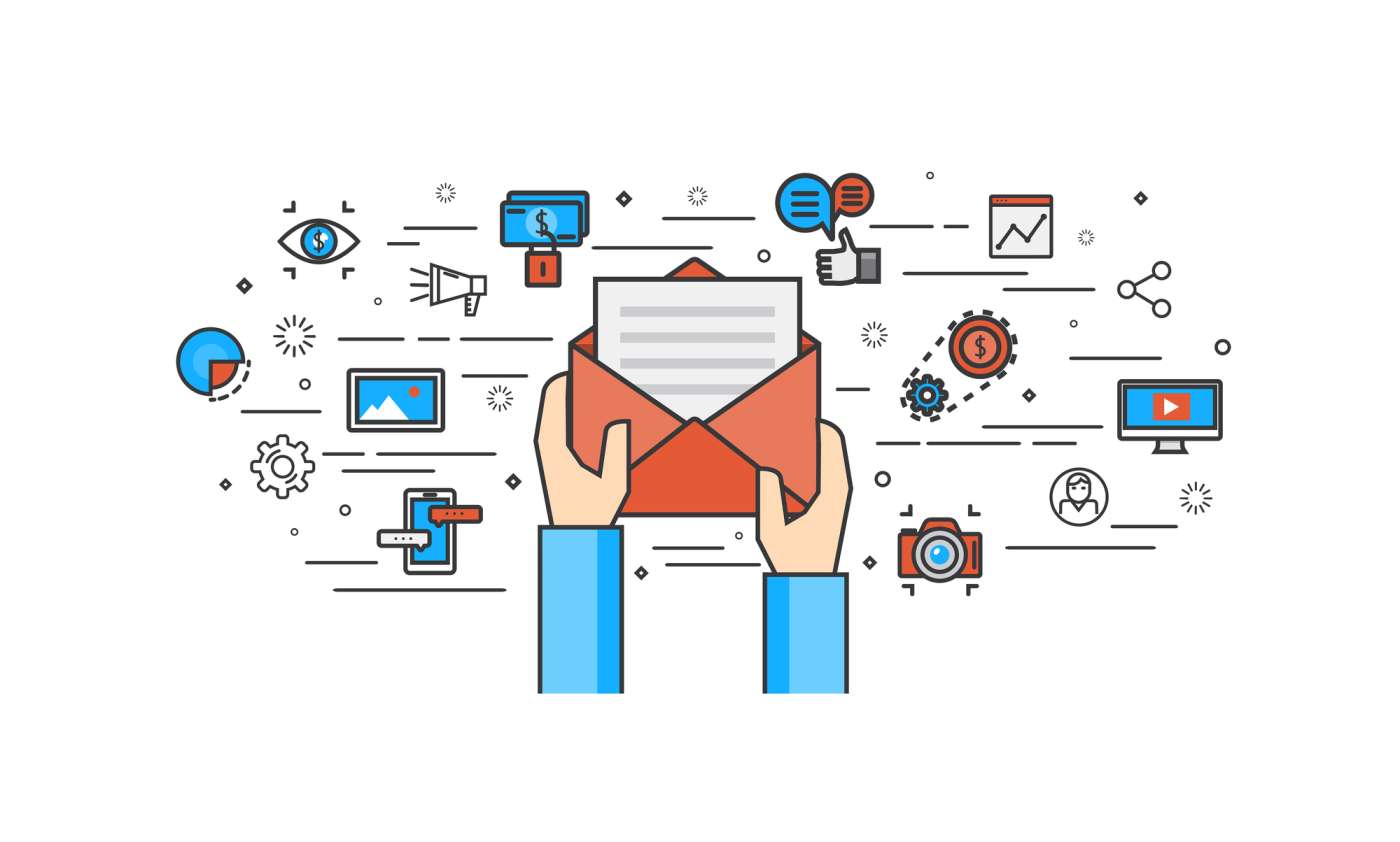
If you’re looking to optimize your eCommerce marketing, you should start with your eCommerce email marketing automation strategy.
That’s because no matter which way you slice it—email still provides the highest ROI out of any other marketing channel for eCommerce businesses.
Let’s look at eCommerce email marketing holistically - from the top to the bottom of the funnel, where does email automation fit?
The answer: everywhere.
In this post, we’ll explain the role of email marketing for eCommerce businesses and why it’s so important for generating awareness and driving sales.
From there, we’ll cover the two main types of email flows you should be using as part of your eCommerce marketing strategy: the welcome series and the abandoned cart series. We’ll then cover how to write each of these emails for best results.
We’ll explain how to measure success, and give you an outline of how to effectively report on and improve the impact of your eCommerce email marketing automation. Then, we'll go over how to scale your business with marketing automation and finally, we’ll outline the questions you should ask yourself when selecting an email automation tool.
Are you ready?
Let’s jump in.
As you probably already know, not all email is automated. Duh! Some emails will not be pre-written and scheduled through a marketing automation tool, where others will. If you’re looking for a more beginners guide to email marketing automation, check out this one.
For the purpose of this post, we’re not going to focus on the super basics. Instead, we’re going to focus on the difference between two different styles of automated emails: one-to-many and one-to-one.
These types of emails usually appear in a funnel or series of three, four, or even twenty! They’ll typically be created around a campaign and sent to a large list of contacts—but they can still be personalized.
These are emails that are written by you (the marketer) and sent to ONE (or just a small group) of contacts. These types of emails are usually sent after noticing a specific behavior, or a series of behaviors. You’ll then send a highly targeted email (based on all that behavior data) to ask a question, book a sales call or encourage a specific action.
The goal of both one-to-many and one-to-one emails can be the same, it’s simply the execution that is different. One-to-many automated emails require a bit less personalization as you’re grouping contacts together. That doesn’t mean they require less thought, though. In fact, it’s proven that the more personalized you can make your emails (aka the more you can make every email you send sound like it’s a one-to-one email) the better your email is likely to perform.
Email marketing is still the most lucrative sales channel for eCommerce businesses. The ROI of email marketing is 38:1.
But why does email marketing have such a high ROI? How does email marketing actually produce such outstanding results?
These results are achieved because email marketing accomplishes three main goals:
One of the biggest benefits of email marketing is its ability to build brand awareness by connecting you with your ideal customers. Every email you send starts a conversation with your contacts, giving you a chance to shine a light on all the good things about your business and product.
To improve brand recognition and loyalty, an effective strategy is to use email as a method for sharing great content with your contacts...for free.
The more free, useful content you share—the more you humanize your brand and build deeper connections with your contacts.
Consider adding a personal note to a weekly newsletter with a thought, idea or joke that will give your audience some kind of new perspective.
We love the way Mat at Help Scout does this:
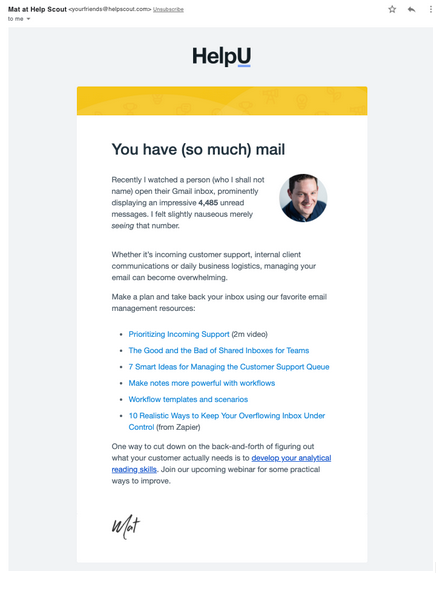
Share your favorite links or blog posts from the week. Create well-research premium assets that will help your contacts get more value from you as a business… and keep them coming back for more.
Experiment with sending personal, one-to-one style emails to contacts that engage with your content regularly. Start a real conversation with them, ask them how you can personalize their experience even more, and use these types of emails to learn more about how to improve your content.
The more you infuse your email marketing with useful, thoughtful content, the more likely your contacts will stay engaged. In turn, you'll be better armed to mobilize your contacts into making a purchase because they know, love and trust you.
For eCommerce business, customer acquisition cost is arguably the most important metric.
If you’re not sure how to calculate your CAC, simply take the amount you spend on acquiring customers (via all channels, like paid, email and social) and divide it by the number of new customers acquired during that time period.
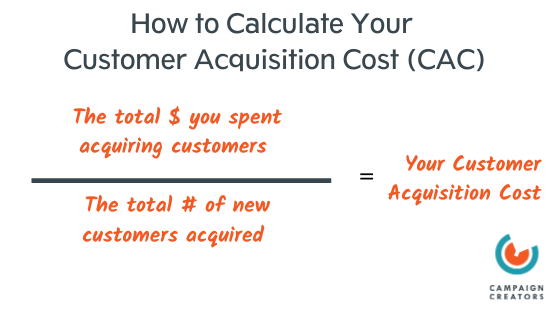
The goal when it comes to CAC is ensure that money spent on acquiring customers pays off...and profitably. The easiest way to reduce and optimize your CAC is by activating your current contacts to make a purchase. That’s where email marketing comes in.
As we mentioned above, contacts are more likely to buy from you if they know, love and trust your brand. Well, this makes active subscribers the lowest hanging fruit for generating sales.
If you’re building a solid email program that keeps your subscribers coming back for more, they’re more likely to bite when you serve up an offer they can’t resist. Incentivize your subscribers by giving them extra special deals on products so they keep opening your emails, engaging with your content and buying your products.
But don’t just stop there. Experiment with both one-to-one and one-to-many style emails, and personalize them based on content interests and behavior.
For example, let’s say you sell hair products online. For the past few weeks, you’ve been talking about the benefits of protein treatments. Throughout your emails, you’ve been linking to a bunch of free content that educates your contacts about the benefits of getting these treatments, like helping prevent breakage and giving your hair the healthy glow it deserves!
A subset of your contacts have clicked on and read at least one of your free content pieces about treatments. And an even smaller subset has read every single one.
Divide these groups, and send the first a one-to-many (yet personalized!) email about your protein treatment product. Add a deal!
To the other segment, send a one-to-one style email. Speak to their interests precisely, acknowledging that they’ve been reading along and learning about these treatments along the way. Then, recommend your protein treatment product.
So while you’re busy creating one-to-many and one-to-one style emails, driving sales of your products, you should also be thinking about leveraging email marketing to increase average order value (AOV).
Average order value (AOV) measures the average amount spent each time someone makes a purchase. To calculate it, simply divide total revenue by the number of orders placed.
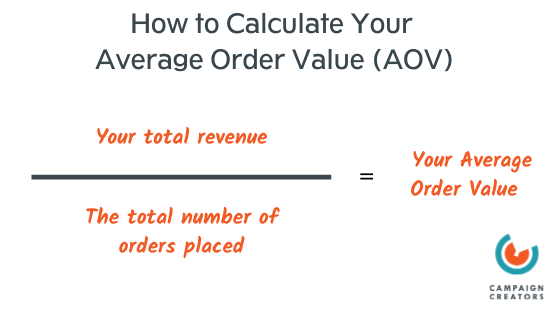
The simplest way to increase average order value via cross-selling and up-selling other products. And email marketing is the perfect channel to do both of those!
Cross-selling is the practice of recommending a relevant, related product similar to the one they’re already looking at. Upselling, on the other hand, is about encouraging customers to purchase a comparable product, but one that costs a little bit more than the original one they were eyeing.
If we look at the protein treatment product example again, in each of those emails all that’s needed is another layer.
For cross-selling, add a personalized note that explains the benefits of using protein treatments along with another one of your products.
For up-selling, try mentioning a higher-end version of the product in question (if you have it) and explain why it’s worth a little bit more. Mention all the extra benefits and the outcomes this higher-end product provides...and why your contact should grab it.
So now that we’ve looked at the importance of email marketing automation, and gone through a few examples of ways to leverage both one-to-one style emails and one-to-many style emails to engage contacts, let’s dig in to the specifics.
There are many different types of email marketing campaigns you can create to boost awareness and sales of your eCommerce business. But there are two that are more important than any other: the welcome email series and the abandoned cart series.
Let’s look at both.
This is one of the most important types of email campaigns you should build for your eCommerce business. In fact, welcome emails have one of the highest open rates compared to other types of emails, with an average open rate of 82%.
But creating the best welcome series doesn’t actually start with the email. It starts with your website.
In order to build an effective welcome series, you need to first make sure you’ve got some kind of sign-up form on your site. What’s more? It needs to be clear what exactly the user is signing up for.
So many times eCommerce websites generalize sign-up, or don’t explicitly explain what types of communications someone can expect to receive after completing the form. This is a big no-no, and could get your follow-up emails marked as spam–which can have serious negative impacts on your business bottom-line.
You can also use the form to learn more about your user, even before they give you their email address. Sure, there’s a risk that too much form friction will interfere with the sign-up. But there’s ways around this.
Use hidden fields or data amplification tools like Clearbit if you don’t want to add additional form fields.
And then write a kick-ass welcome email.
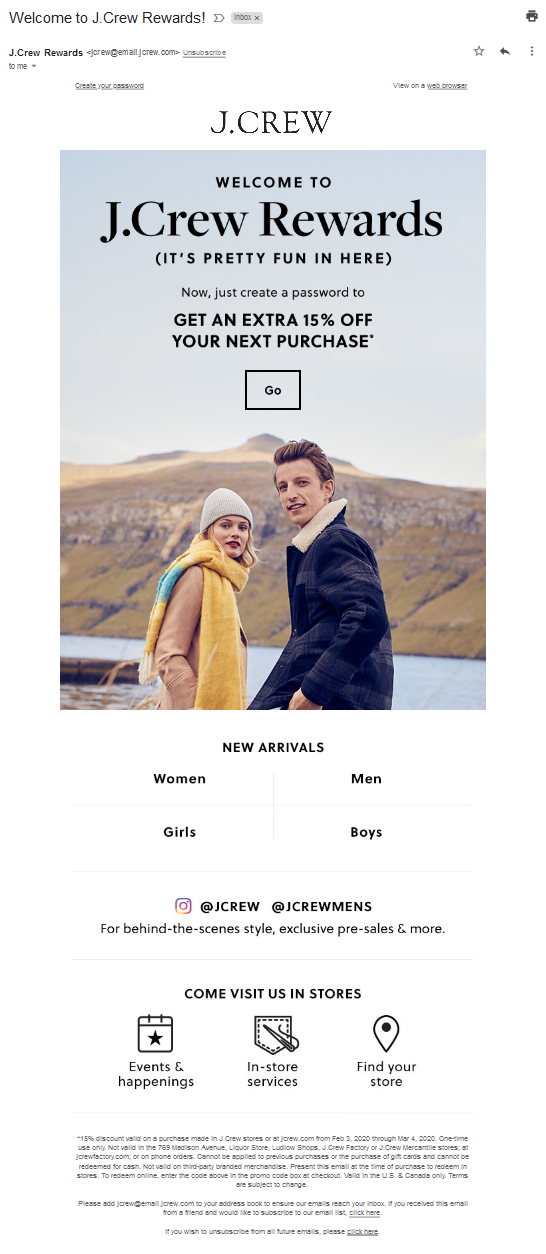
Once you’ve set up a great welcome email series, you should focus your efforts towards the bottom of the funnel by building an abandoned cart email campaign.
An abandoned cart email campaign has one goal: get the customer who left something in their online shopping cart to come back and complete their purchase.
Abandoned cart emails can be extremely valuable to your business, and the numbers back this up. In fact, 50% of contacts who click an abandoned cart email complete their purchase.
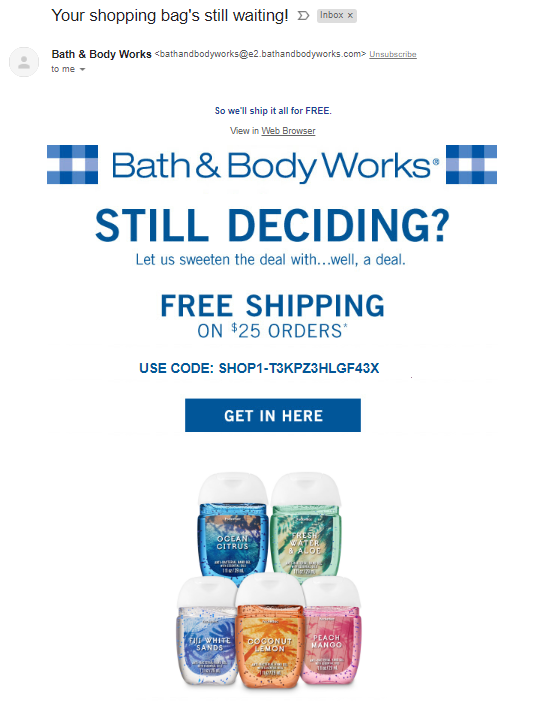
Now that we’ve established why email marketing automation is important and given you some ideas and strategies for how to effectively execute a solid email automation plan, let’s quickly cover the types of metrics you should be looking at to measure performance.
From understanding the importance of email marketing to driving awareness and sales, as well as increasing CAC and AOV, your ultimate goal is to use email marketing to help you scale a successful eCommerce business. Here are 4 ways marketing automation can help scale your business:
Automation as a principle begins with software for all-around management of your marketing process and your leads themselves; ideally, your customers should be assisted at every phase of the sales funnel. Customer Relationship Management (CRM) software—much of which is scalable in design—is designed for just this purpose.
A CRM tool allows storage of personal data of customers and prospects, records all interactions with your company, and keeps track of your marketing campaigns from one central location. As a result, it is easier to offer better targeted promotional that builds better relationships with customers.
It also assists in managing workflows, which can be triggered by a system of alerts and rules based mainly around certain actions (or types of action) customers take. Keep in mind that the features of a particular CRM can cover all of the categories listed further in this article, from email campaigns to social media to analytics.
Whether you are looking for all-in-one, generalist CRMs, or prefer to delegate these tasks to multiple niche automation tools, rest assured there is a CRM out there for you.
Email remains the backbone of lead nurturing for eCommerce customers, but a larger contacts list comes with larger responsibilities. As such, a sophisticated email strategy will often require the incorporation of three main types of emails: blast, nurturing, and drip campaigns.
While email blasts send out an offer to the entirety of the database, drip campaigns are scheduled strategically, while lead nurturing emails are based in timing and content on contacts’ behavior. A scalable email automation platform needs to be capable of handling all of this—particularly the nurturing and drip campaigns, which are considerably more effective.
Features to look for can include:
In addition, higher-complexity email marketing will need to handle a larger variety of campaigns. Significant examples for B2C emails include welcomes, customer feedback, discounts, referrals, order confirmations, up-sells or cross-sells, and of course, the all important abandoned cart email. Your email client should be a user-friendly tool for juggling all of these with ease!
Automation can be your best friend when it comes to distributing personalized content to a constantly growing number of customers.
As discussed in regards to email campaigns, this can be accomplished in part through selective scheduling; however, the nature of the offers and promotions sent out can also be tailored for your audience. Emails, social media, and site/app pages all serve as vehicles for delivering this information.
For instance, some software can send push notifications and in-app messages about the most relevant offers to customers, while social media automation can procure trending topics within your company’s industry for posts, create custom media sharing plugin buttons, and monitor your customers’ account activity to see what topics they are engaging with the most.
Customized text, images and CTAs are all but proven to produce higher engagement and conversion rates, and they can all be incorporated into your marketing campaigns with the right tools. Ultimately, automation simplifies the personalization process for everything from graphics to landing pages to newsletters to seasonal sales.
According to HubSpot, 39% of marketers find that their biggest challenge is proving the ROI of their marketing activities. Statistics like this are the reason that automated analytics is so integral to the growth of an eCommerce business—the right metrics can make all the difference for an effective scaling strategy. And with the faster-paced timeline of eCommerce reporting, you will need software that can keep up with the pace while delivering data for sufficiently advanced criteria.
One important use of analytics is search engine optimization (SEO) and keyword tracking; another is ROI evaluation with metrics like funnel, conversions, database retention/decay, etc. Additionally, A/B testing features can be incorporated into analytics software to test content interactively with website visitors in real time.
Database segmentation plays a major role in the process, with service-specific segmentation schemes—which segment customers by characteristics such as their needs or desires, current and potential value, and life cycle with your company—providing a good fit for many eCommerce marketers.
To learn more about B2C segmentation and lead nurturing, check out our article on the topic here.
Investing in the right automation software can make the scaling process cheaper, more efficient, and less stressful by minimizing manual work in key areas of your marketing strategy. 64% of eCommerce marketers stated that email marketing and marketing automation can increase web visitors by 37%, engagement by 30%, and better insights to your target audience by 24%.
In order to execute a great email marketing strategy, you need an amazing email automation platform. When evaluating email platforms, ask yourself the following questions:
How well does it play with my eCommerce platform/tool? Is there a native integration...or do I even need one?
There are so many tools out there, but here’s a quick list of the ones we recommend checking out:
Now that you've learned a bit about marketing automation, you can begin the process of choosing the right marketing automation platform for your eCommerce business.
Learn more about Express by Campaign Creators and take your business to the next level!
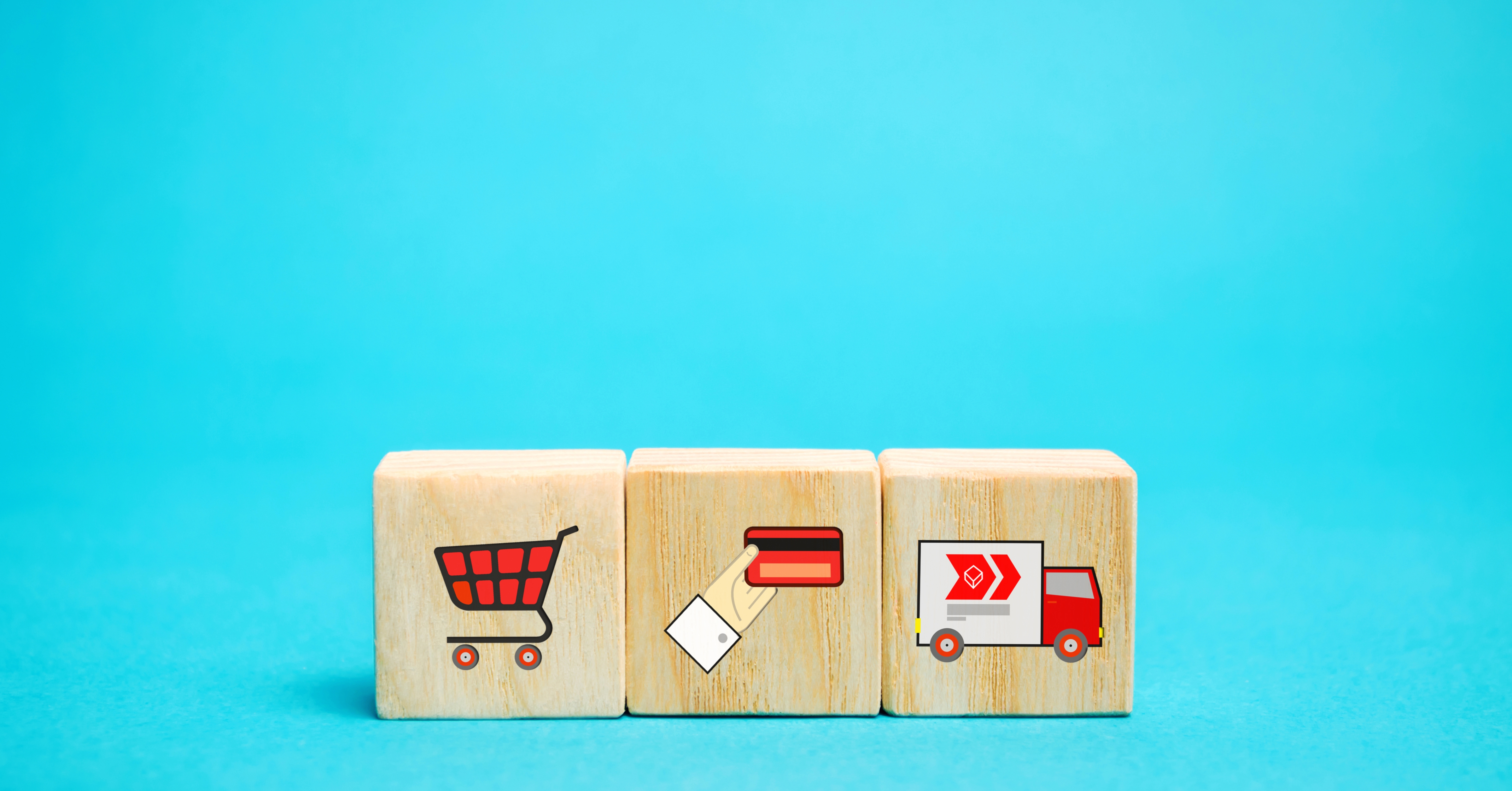
It is a well-known fact that competition within the eCommerce industry is fierce, which is why you might be considering hiring the services of an ...
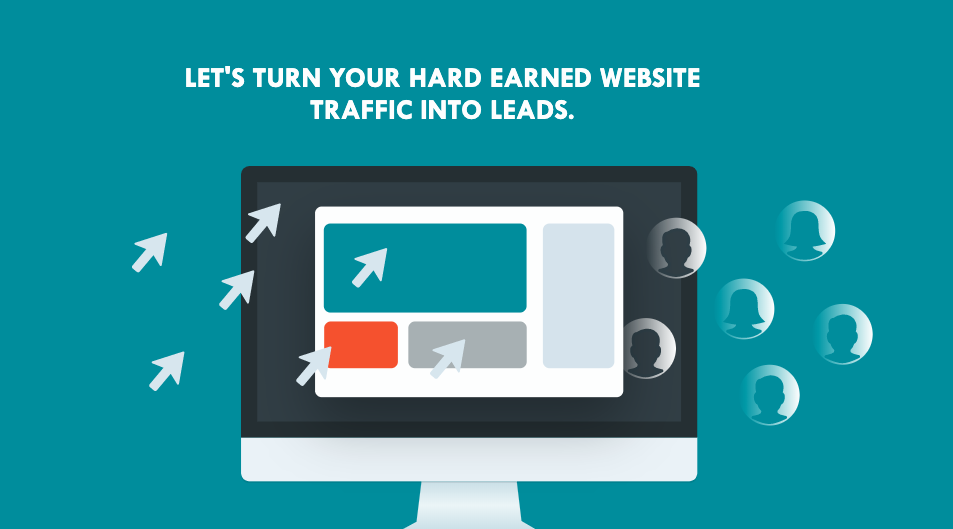
As an eCommerce company, it’s common to only focus on driving traffic to your site, whether that’s with PPC ads, social media, or other available...
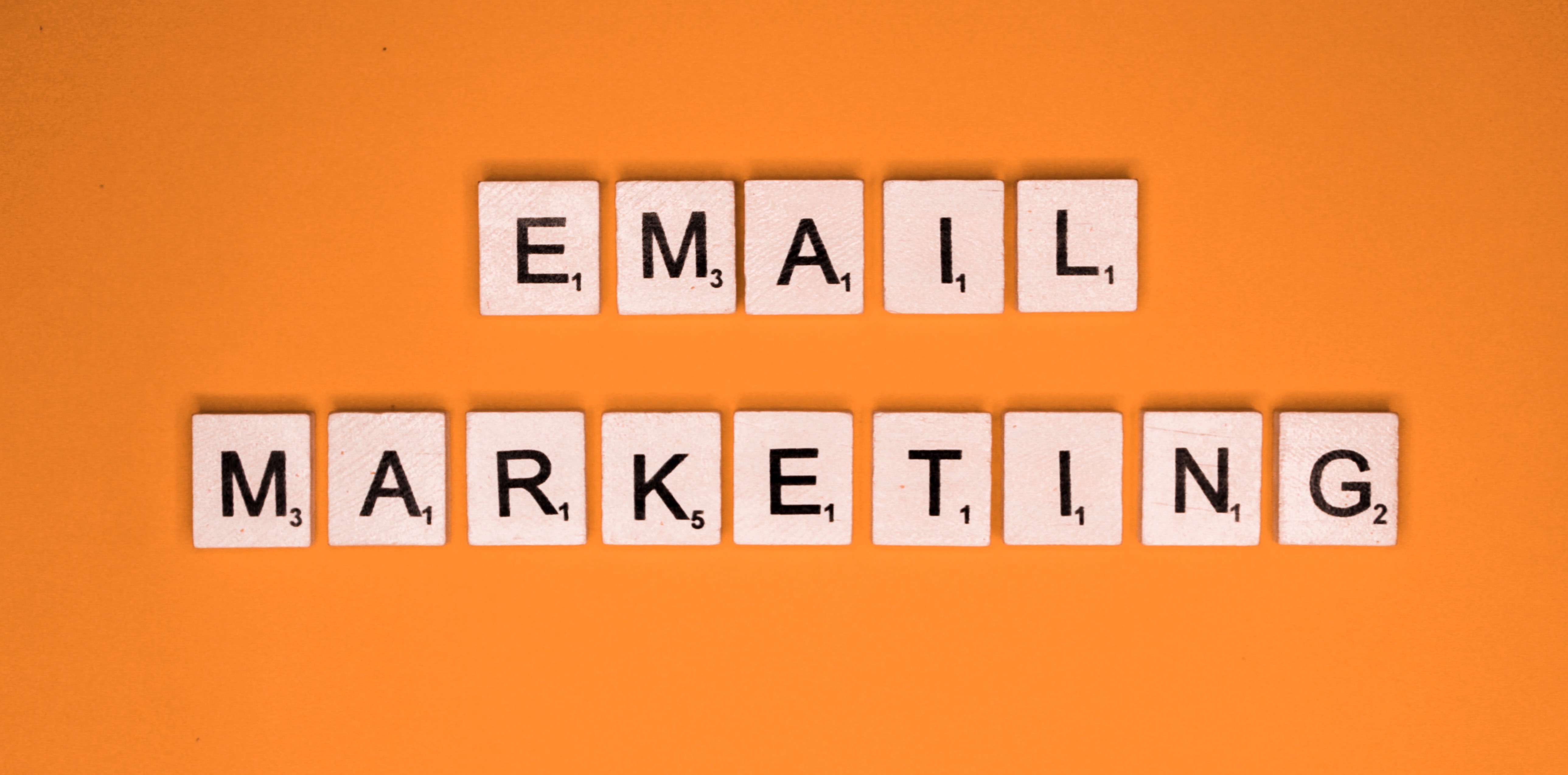
When it comes to email marketing, online store owners can benefit from using a platform that is dedicated to their eCommerce marketing success, which...